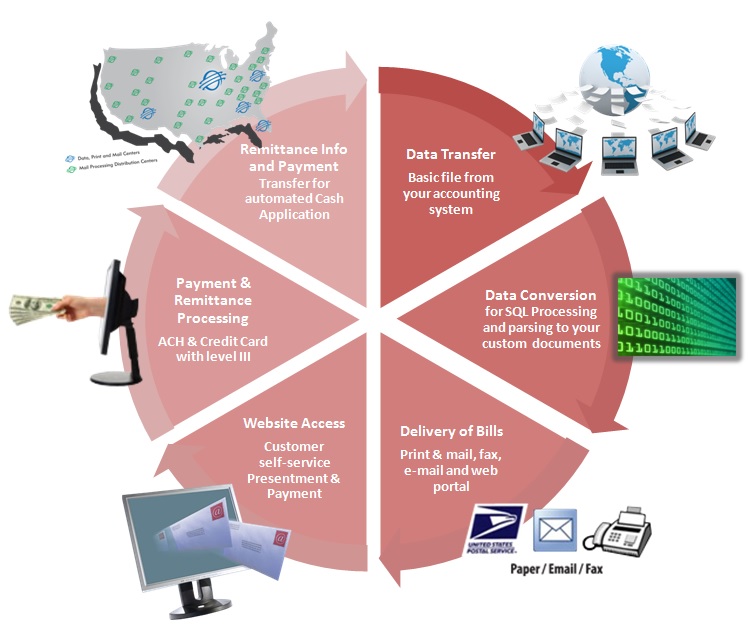Disaster Recovery Relief Requires a Plan for Revenue to Continue
In the first two posts of this Disaster Recovery Relief series, I discussed some general concepts. I started with a look at the funds available from the government to rebuild and restore your business after it has been damaged by a disaster. Next, I stressed the need for a Business Continuity Plan to help minimize that damage. (It even included a link where you can download a template that will help you prepare a continuity plan for your business.
Today, I’d like to get even more specific. While damage to facilities and equipment, and dislocation of staff can impact your business dramatically during a disaster, those aren’t what cause the real trauma. The single most damaging threat to the survival (and return to health) of your business is loss of revenue. When your revenue stream stops, your business effectively does, too.
A Business Continuity Plan Protects Your Revenue Stream
A solid business continuity plan certainly addresses the more visible effects of a disaster. Prearranged plans kick in to provide alternate business space if necessary, and the prompt repair or replacement of essential equipment. And wisely so—all that is critical.
But the most effective disaster recovery plans also protect something even more precious: the financial transactions that create revenue which is the lifeblood of your business. With proper measures in place to protect your data, you can keep doing business with your customers. That means invoicing them for services provided and collecting the payments for those services. And that can happen through all of your normal print and mail systems, in physical or electronic form.
For Disaster Recovery, Digital Data Centers Dominate
With our partners at Digital Data Centers, we provide a potentially life-saving link for your business. We can help ensure that your essential business functions continue with little or no disruption when natural disasters or other unforeseen forces threaten your enterprise.

Digital Data Centers boasts two data, print and mail center facilities in Tempe, Arizona and Glendale Heights, Illinois. They offer a variety of service level agreements (SLAs) that can make business continuity a guarantee, not a lofty concept. Some of their technologies and programs include:
- Mirror sites that allow for your hosting function to be switched instantly from your facility to your dedicated site on the DDC system without confusion or service gaps.
- The secure DDC website that acts as an “electronic file cabinet.” Your data is fully encrypted and with firewalls, password protection and the most advanced security protocols.
- Fully functioning mail, email and web delivery of documents and data required for customer-facing operations.
- Transactions continue unimpeded, from processing, review, approval, printing, mail and email distribution of documents during a declared disaster
- Optional SLA’s that promise 99.7% uptime, and two-hour equipment replacement.
- Fire suppression systems, and redundant power supply and heating and cooling units
Protect Your Print to Protect Your Profitability
You can’t predict a disaster. And you certainly can’t be sure one won’t happen tomorrow. But regardless of the cause—weather, cyberattack, labor unrest, political turmoil or a dozen other possible threats—your business can keep moving forward despite it. When your print and mail operations continue, commerce—and revenue—continue right along with them.
When you really think about it, the only real disaster for your business is not being ready. Contact us today to get your disaster recovery quote for print and mail.



